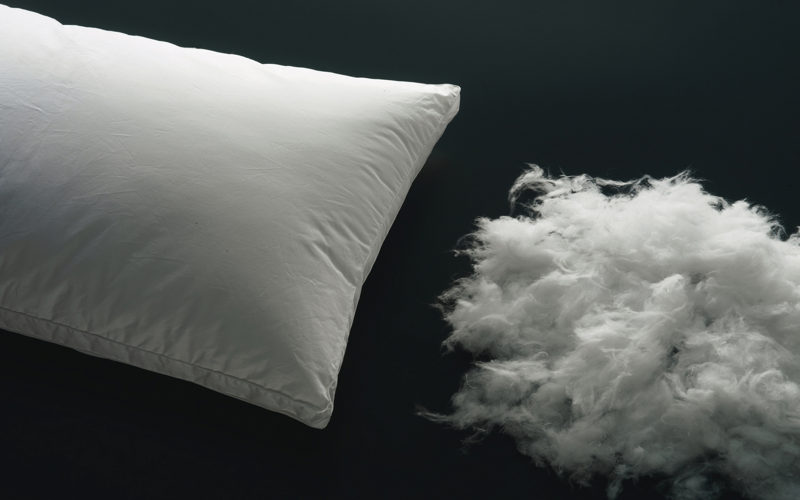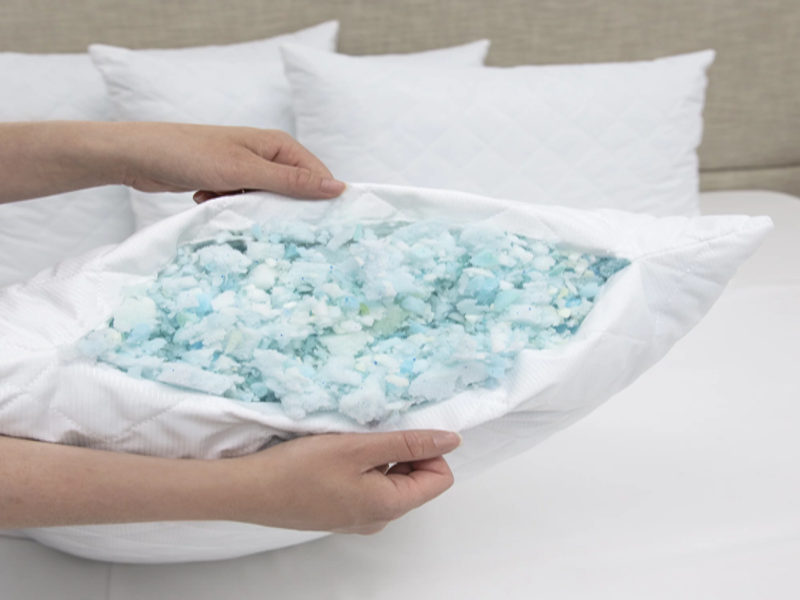How To Refill Your Sofa Cushions?
Over time, the cushions on your sofa can become flattened and uncomfortable from regular use. The stuffing inside compacts down, causing the cushions to lose their plumpness and support. Replacing just the stuffing is an affordable way to revive worn cushions and get more life out of your furniture. This guide will teach you how to refill your sofa cushions yourself.
When To Refill Sofa Cushions
Signs that sofa cushions need new stuffing include:
- Visible indentation marks where people sit
- Flattening in the center of seat cushions
- Cushions that look deflated or sag when not in use
- Needing to fluff cushions frequently
- Insufficient cushion support
Refilling flattened seat cushions every 2-4 years will make your sofa more comfortable and extend its usable life. Loose back cushions may need stuffing replaced about every 1-2 years with frequent use.
Types of Sofa Cushion Stuffing
There are variety of sofa cushions fill materials to choose from when refilling cushions:
Polyester Batting

Polyester batting is made of spun, heat-bonded polyester fibers. It’s a very affordable option and offers good cushioning. However, polyester flattens faster than other fills. Ideal for lightly used furniture.
Polyester Fiberfill

Similar to batting but higher quality and with more loft. Polyester fiberfill doesn’t form lumps. It stands up well to compression but is less expensive than foam.
Shredded Foam

Foam fill made from shredded foam pieces allows air to circulate, providing better ventilation. It conforms to the user’s shape but also regains its shape well when not in use. More expensive but a very durable option.
Down Feathers
Goose or duck-down feathers wrapped in a feather-proof cover make incredibly soft, comfortable cushions. Down is lightweight, cushions nicely, and provides great back support. However, feathers can shift and bunch over time. Costly option best suited for high-end furnishings.
Easy Guide to Refill Your Sofa Cushions
Refilling your sofa cushions can be a straightforward DIY project. Here’s how to refill your sofa cushions in easy steps:
1. Choose the Right Filling
Based on the types of stuffing discussed, decide which one suits your comfort preference and sofa style. Remember, you can mix materials for a customized feel.
2. Gather Your Materials
You’ll need the following:
- New stuffing material
- A seam ripper or scissors
- A vacuum (if cleaning is needed)
- Needle & thread
- Sewing machine
3. Remove the Old Stuffing
Carefully open the cushion covers using a seam ripper or scissors. If you’re dealing with down or feathers, consider doing this step outdoors as it can get messy.
4. Clean and Prepare the Cushion Covers
Take this opportunity to clean the cushion covers if they are removable and washable. Check the care label for instructions. For non-removable covers, vacuum the inside and outside to remove dust and debris.
5. Refill the Cushions
Firmly pack your chosen stuffing material into outdoor cushions. Try to distribute the material evenly. Don’t forget to pay extra attention to the corners, to avoid lumps and ensure a comfortable seat.
6. Close the Cushion Covers
Once the cushions are filled to your liking, sew the openings closed. If you’re not comfortable with sewing, you can also use fabric glue or hand stitch using a simple slip stitch for a neat finish.
7. Fluff and Shape
Give your newly filled cushions a good fluff. It will spread the filling evenly and shape the cushions to look inviting and comfortable.
Additional Tips for Restuffing Sofa Cushions
Refilling worn-out sofa cushions seems straightforward enough by following the basic process. However, there are a few handy tips to know that can help ensure successful, long-lasting results.
Choose Quality Covers
The outer upholstery fabric plays an important role in performance and durability. Tightly woven fabrics with reinforced seams can better contain fills. Lower-quality covers tear more easily from the stress of use. Splurge if you can for heavier woven fabric with strong seam stitching around all edges.
Get Measurements Right
Err on the side of overstuffing when deciding how much filler to buy. Underfilled cushions lose loft quickly. Note dimensions and capacity before buying materials. Length x width x desired thickness gives the cubic inch capacity needed. Add an extra 10-20% more fill than calculated to plump cushions overstuffed fullness.
Handle Foam Carefully
If using shredded foam pieces, be gentle when handling to avoid cramming or crushing fill pieces. Pour handfuls lightly rather than stuffing chunks in forcibly. Foam needs room for air to circulate and rebound fully. Avoid extreme compression when topping offDensity matters too – 3 to 4 lbs per cubic foot is best.
Maintain Even Distribution
Whether working through a corner seam or unzipped end, add fill material evenly across the whole interior. Pour a bit at a time, and distribute evenly by squeezing the bottom and sides before adding more. Shake the fill around gently to keep it level too.
Let Cushions Adjust
It takes a little while for fresh fills to settle into their final shape after the stuffing is complete. Polyester and microfiber fill materials especially may seem too lofty at first. After a day or so of settling on the frame, the fullness will stabilize. Allow new inserts during this break-in period before making adjustments.
Conclusion
Knowing how to refill your sofa cushions allows you to inexpensively refresh worn furniture pieces. With a little time and effort, you can give old, sagging couch and chair cushions a new life. Just follow the steps to replace worn cushion stuffing with fresh filling. Soon you’ll be enjoying comfortable seating once again.
Learning this relatively simple upholstery process also empowers you to maintain cushion support long-term. No more putting up with lumpy, compacted cushions. A routine refresh keeps your quality furnishings feeling as good as the day you bought them.
Read more: Choosing Floor Cushions for Your Home





